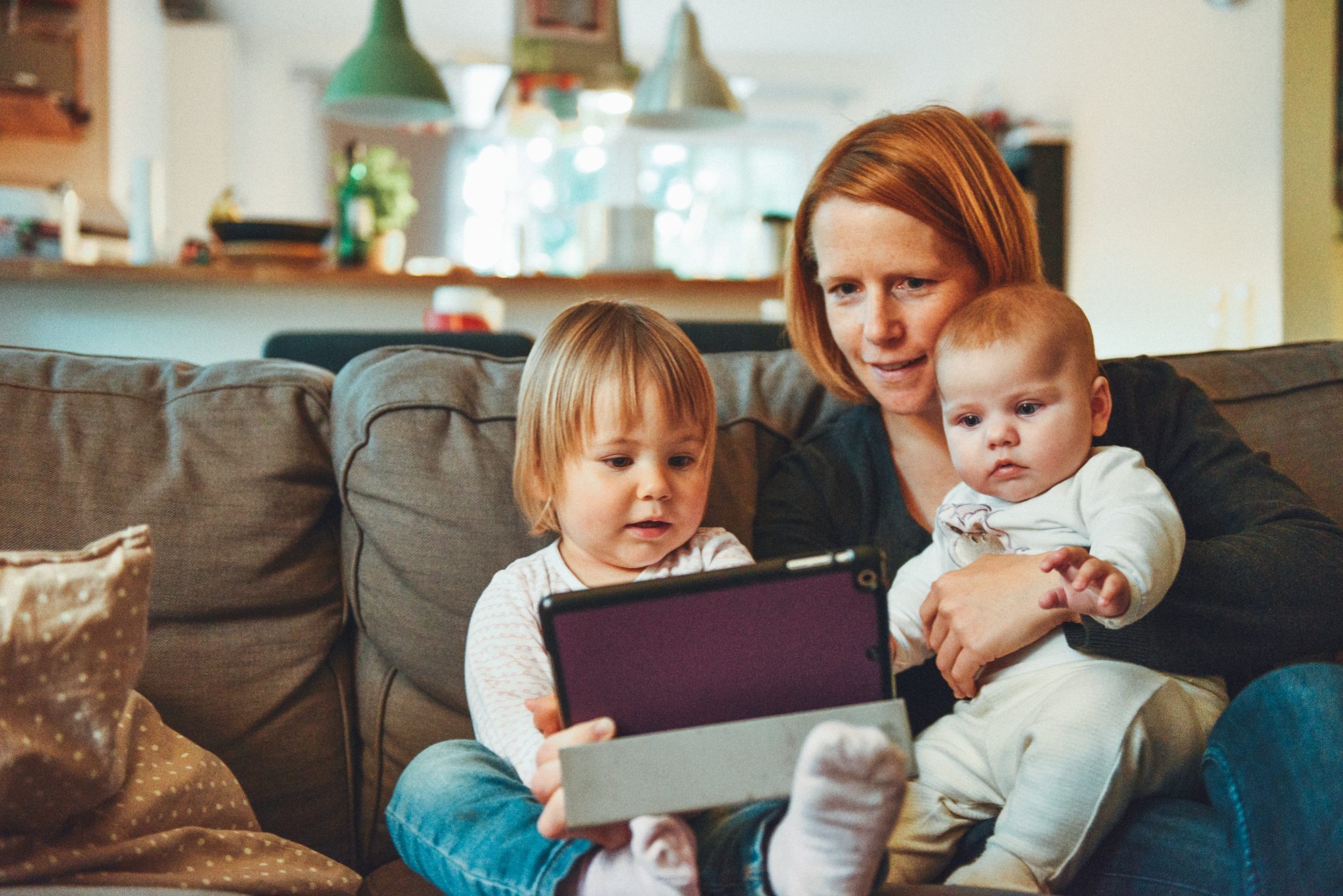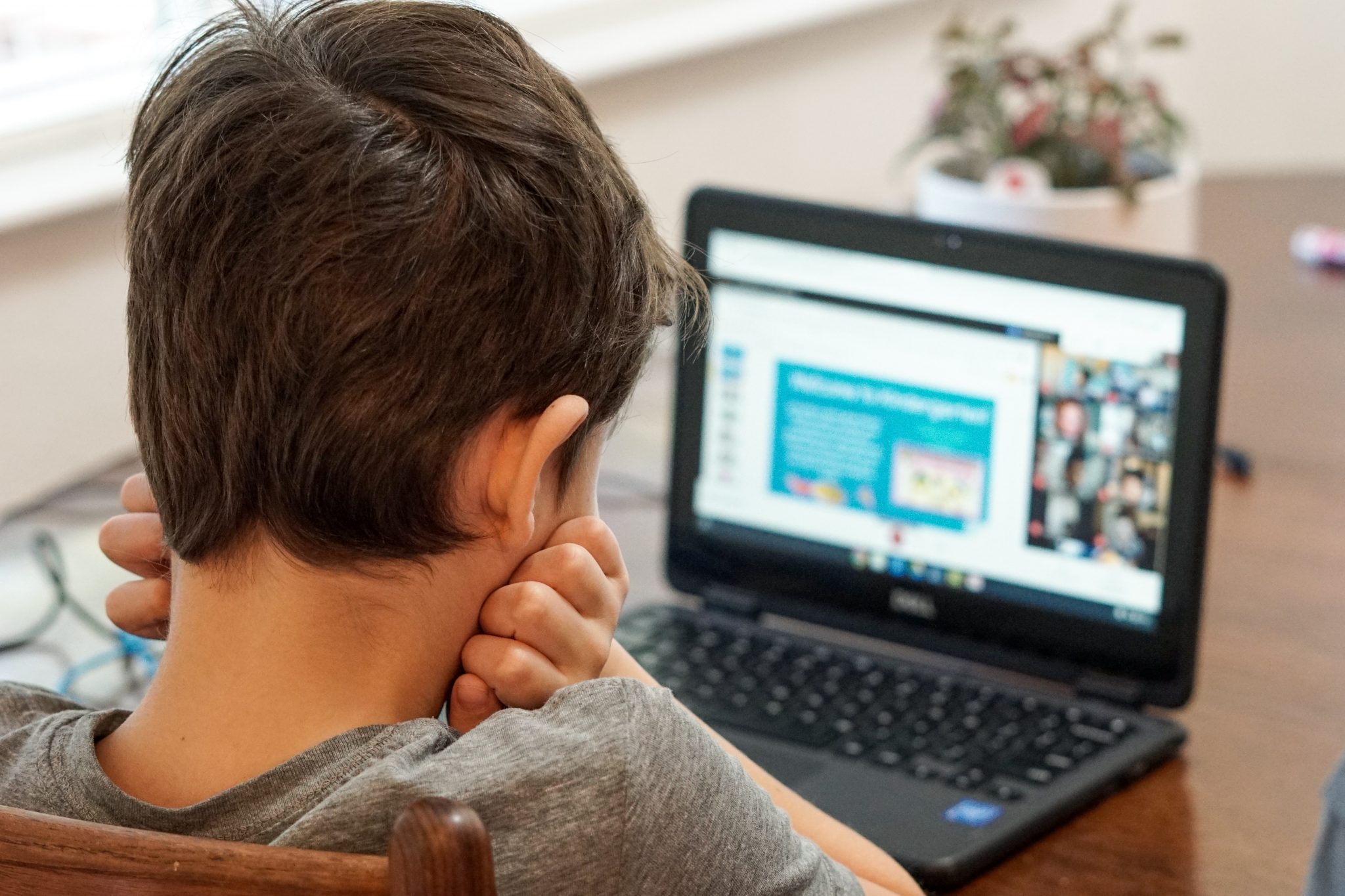The transition to online learning presents challenges to all families with school-aged kids; and for parents of children with developmental disabilities, these challenges hold an additional layer of complexity.
Kids with autism, for example, often struggle with social skills, and a shift to virtual education may exacerbate these interpersonal difficulties.
Screens, of course, can never replace the benefits of live interaction and some types of digital media use can be detrimental to a child’s health and education. Still, parents may be able to use devices to enhance learning and social engagement among special needs children during this time.
Get Animated
“Animated videos can provide wonderful opportunities for parents to engage with their children,” says speech and language pathologist and founder of Social Learning Labs, Anna Vagin, Ph.D.
“Watch an animated video with your child, and then talk with them about their favorite moments, their feelings, how the characters solved problems and worked together (or didn’t), and whatever else strikes your fancy.”
As these videos can be made for a wide range of viewers, Vagin recommends that parents preview any material in its entirety before sharing with children.
Interactive video games, when used appropriately, can also be a fun and healthy tool for reaching kids, adds NEXT for AUTISM Program Development Senior Vice President Patricia Wright, Ph.D., MPH. Studies show that speech pathologists can use games to teach new communication, social, and language skills. Further, some games promote friendship development among peers; and children with a brother or sister can lean on that sibling for help in learning how to play.
Stay on Schedule
“These kids rely on the predictability of a set schedule,” says Assistant Professor of Special Education at Indiana University, Sarah Hurwitz, Ph.D. “Schedules not only provide cues about what they should be doing, but they can also help reduce stress and anxiety.”
JB Autism Consulting President and CEO Jim Ball, Ed.D., B.C.B.A.-D., concurs, recommending a simple schedule made of pictures, with words written underneath. Ball also recommends involving children in the schedule creation process.
“For example,” he explains, “if we know we have four assignments we need to get done, we can put all four out at once and ask which one the child wants to work on first, second, etc.” For kids who often have little choice in their lives, this kind of collaborative decision making can be a valuable activity.
Go On a Digital Diet
He explains: “A simple, regular timer set for 25 minutes or less to denote breaks (even as short as 1-3 minutes) can be a great way to help kids and teens have the mental clarity they need to manage their school requirements in this complex and still-evolving time.”
UNC-Chapel Hill Associate Professor Kara Hume, Ph.D., suggests using a visual timer, which can allow individuals with autism to “see” how much screen time remains before they’re expected to transition off of their device.
“Concepts related to time are fairly abstract, often cannot be interpreted literally, and maybe confusing,” she says, “especially if time-telling is not a mastered skill,” Hume recommends creating a clear visual countdown system, or using an app like Time Timer™
Get Out
“Call attention to the sounds, smells, and living creatures they’ll encounter,” he explains. “Make up games, engage friendly pets, and teach your children that other people are friendly, not fearsome.”
Though COVID-19 remains a concern, fresh air offers a lower chance of transmission, and seeing a small number of friends —while wearing masks and at a safe distance— should be healthy for most kids.
Play Favorites
“Research shows that positive relationships and sensory-rich experiences drive and enrich learning,” Frome and Heffler explain.
“Helping your child extend what they learn in front of the 2D screen into real-life 3D projects can provide you both with wonderful feelings of connectedness.”
Many educational TV shows provide online resources for parents to extend their child’s learning after the show has ended, explains Northeastern University Communication Studies Professor Meryl Alper.
“The PBS KIDS website is a treasure trove of projects that kids on the spectrum might be drawn to due to their favorite characters,” she notes,
“but that parents can also appreciate because all of the informal learning activities are vetted by child development experts.”
For older kids, Alper also suggests using free digital platforms like Scratch or Google Slides for autistic adolescents to express themselves creatively through storytelling with their favorite characters.
Cope With Comfort
“Go gently with your kids and don’t worry if it seems like a lot,” she explains. “The digital world can be a really reassuring place with familiar characters and predictable routines, so try to embrace this coping strategy for your kids at this tough time.”
Still, the digital world is not without its dangers, and parents should keep an eye on their children’s media intake.
“Consumption of violence is the single most detrimental aspect of screen media,” says the University of New Mexico School of Medicine Distinguished Professor of Pediatrics Emeritus Vic Strasburger, MD.
“Under no circumstances should a child under the age of eight be watching any appreciable amount of screen violence,” Strasburger recommends keeping screens out of the bedroom so that parents can exert more control over what their children are watching.
Digital media and screen time, when used appropriately, can open up new avenues of communication and connection for kids with developmental disabilities. We hope these tips can help families strike a healthy and productive balance as they adjust to the new normal of these unprecedented times.
Since its inception in 2013, Children and Screens: Institute of Digital Media and Child Development, has become one of the nation’s leading non-profit organizations dedicated to advancing and supporting interdisciplinary scientific research, enhancing human capital in the field, informing and educating the public, and advocating for sound public policy for child health and wellness.













